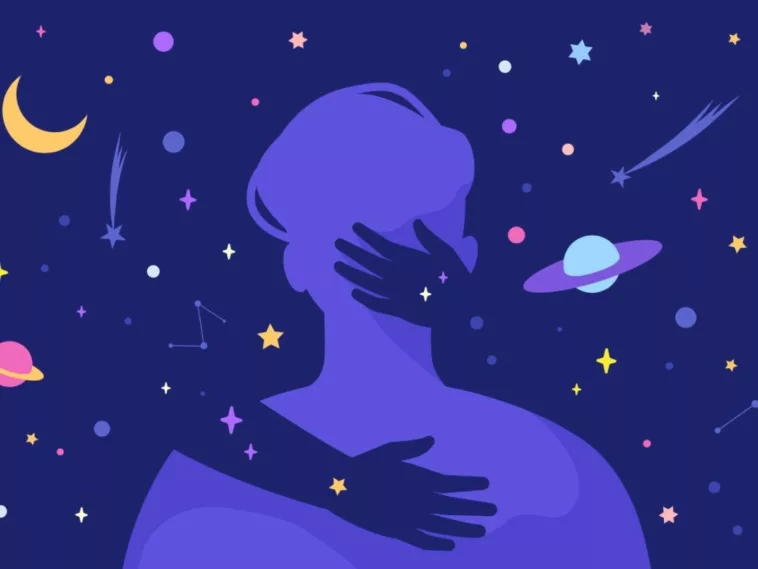Attachment theory is the latest pop psychology trend — and it’s making waves all over the internet. Some blame their partners for their attachment style, while others claim it can heal your inner child, and then a segment of people protest the whole idea with the tag #attachmenttheoryistoxic.
So where did attachment theory go wrong and what can we do about it? We dive into its complexities, here.
What is Attachment Theory?
Created in the 1960s, attachment theory was thought up by renowned psychoanalysts John Bowlby and Mary Ainsworth. In a study of 12- to 18-month-old babies called “The Strange Situation,” Ainsworth found four distinct categories of connection, affection, or attachment that children have to their primary caregivers in early life. The four types of attachment are:
- Secure attachment: In Ainsworth’s study, children securely attached to their primary caregivers were upset when their caregiver left and relieved when they returned. This is the most common attachment style.
- Avoidant attachment: These children could care less when the caregiver is in the room or when they leave. Most commonly, this is the attachment style of children from abusive or neglectful households.
- Ambivalent attachment: This attachment style is statistically the least common; a child becomes inconsolable when the caregiver leaves the room and fearful that they may go when they return. Caregivers who are inconsistently available or hot and cold towards the child can facilitate these attachment styles.
- Disorganized/disoriented attachment: This label was added in 1986 to classify children who dissociate, “zone out,” and seem disoriented or confused. They see the caregiver as both being comforting and scary at the same time.
How Attachment Styles Presents in Adults
While attachment theory can be analyzed in children, research finds that it also sets the foundation for adult life and how one views relationships going forward.
“Most providers are taught in graduate school that attachment theory is only for small children and that adults with attachment issues always have personality disorders,” says Adam Lane Smith, Attachment Specialist, Founder of The Attachment Circle, and author of Slaying Your Fear. “So they tend to focus only on the most extreme examples of what can go wrong.”
There are often links between attachment styles and Generalized Anxiety Disorder or Major Depressive Disorder, Smith says – but often, professionals only see insecure attachment styles as issues that can lead to personality disorders.
“I discovered that few therapist colleagues all over America and Canada had ever been taught attachment theory,” Lane Smith says. “So I made it my mission to educate both providers and the public about attachment theory. Attachment touches so much more than most professionals imagine.”
Why is it so popular now?
The tag #attachmenttheory has 175M views on TikTok, pop culture magazines are writing articles about disorganized attachment styles, and content creators are making Day in the Life videos about being avoidant-attachment. Why has this phenomenon blown up so much, and where did this trend come from?
Modern attachment theory or attachment styles are talked about generally as a tool to analyze and assess how people act in relationships, like in The New Science of Adult Attachment, a pop psychology book that reinvents Bowlby and Ainsworth’s theories for adults. When loneliness is at an all-time global high and dating or connection is more complicated than ever, it’s no surprise that people are trying to find a theory that explains their pain away.
But Lane’s problem with modern conceptions about attachment styles is that many people believe themselves to be unfixable – that those with certain attachment styles are personality disordered, unfixable, toxic, or destructive.
“The biggest piece of misinformation I spend my time fighting against is the claim that attachment styles cannot change,” Lane Smith says. “People take an online quiz that tells them how they attach to others, and they assume that’s the end of the story. That they’ll always be anxious.”
Instead, Lane Smith says, attachment shouldn’t be seen as a fixed concept. Despite whatever attachment one might have had to a primary caregiver, there’s always the opportunity to learn and grow throughout life – and your ‘inner child’ shouldn’t forever control the narrative of your outer adult.
“If you feel unlovable, struggle to trust others, and think the world is an awful place where you will never get the care and connection you’ve always wanted, look at attachment for your answers.”



